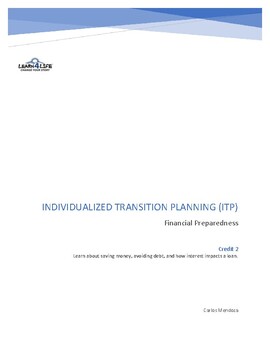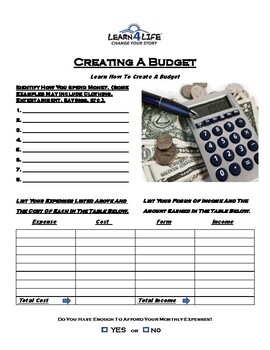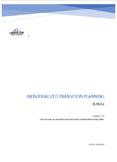Independent Living Skills (ITP) - Financial Preparedness
- PDF
Also included in
- This course is designed in an effort to prepare students with Individualized Education Plans (IEP) for post-secondary independent living. The purpose of transition planning is to help prepare students to be independent young adults. This course will introduce and discuss essential independent livinPrice $55.00Original Price $55.00
Description
This course is designed in an effort to prepare students with Individualized Education Plans (IEP) for post-secondary independent living. The purpose of transition planning is to help prepare students to be independent young adults. This course will introduce and discuss essential independent living skills necessary for students to be successful as they transition into post-secondary living. Transition planning is a formal process within the IEP. It is required by the Individuals with Disabilities Education Act (IDEA).
Students will learn how to save money for things they want or need. Students will understand that everything has a cost or trade-off. Students will learn to create a budget and approximate their income. Students will learn how loans can be useful and how they relate to debt. Students will comprehend the importance of saving. Students will comprehend the basics of credit.






